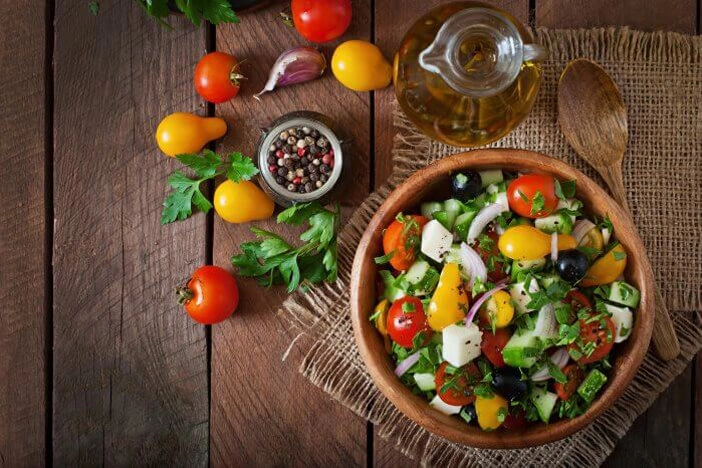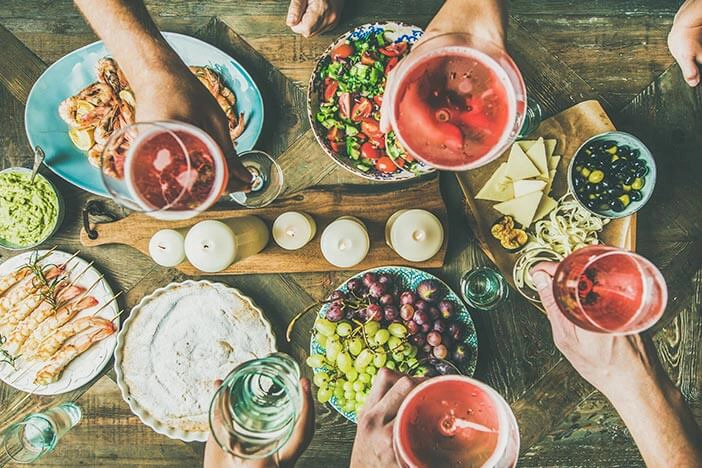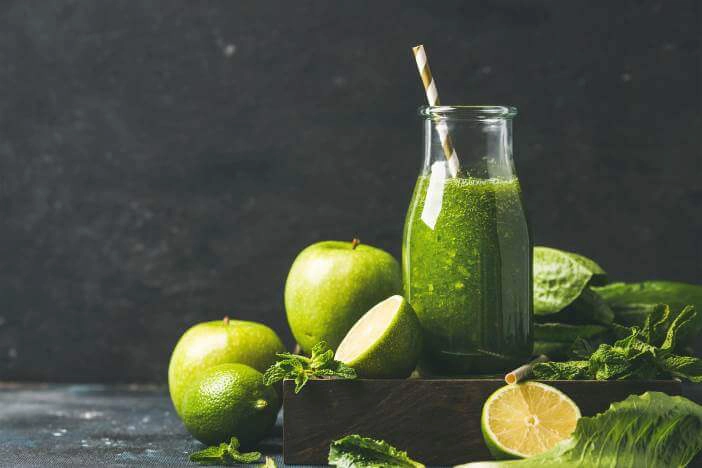- Review Quiz
- Examples of favorable and unfavorable preparation methods
- Shopping consciously: Understanding the psychology of consumer behavior
- How to expose advertising tricks: healthy choices in the supermarket
- Deciphering nutritional labels: A guide using cereal as an example
- Your cornerstones for healthy and sustainable weight loss!
- The Essentials (brief)
- 5 simple things you can implement
- Your Homework
1. Review - Quiz
Healthy shopping and cooking – sounds easy. And it is! But how exactly again?
The theory of healthy cooking and shopping is an important step, but the real change begins in practice. In the following lesson, we will focus on how to implement healthy cooking and shopping habits in your daily life. From the application of various cooking techniques to the analysis and assessment of advertising strategies to the guide to assessing nutritional value, let’s explore the path to a healthier diet together!
2. Examples of favorable and unfavorable preparation methods
You learned in the previous lesson that choosing the right preparation method significantly affects not only the taste but also the nutritional content of our meals.
In this table we show you examples of common foods and how best to prepare them (and what methods to avoid). The favorable methods help preserve the nutritional properties of the food, while the unfavorable methods can potentially lead to a loss of nutrients.
This table provides practical guidance for choosing healthier cooking methods for various foods.
3. Shopping consciously: Understanding the psychology of consumer behavior
If you understand what influences you as a consumer, you can shop more consciously and make decisions that not only meet your individual needs, but also promote your health. Here are some practical examples to show you how you can use knowledge of your consumer behavior to your advantage.
3.1 Understand your personal preferences and needs
As someone who likes to exercise, you prefer protein-rich foods. Therefore, you consciously choose lean chicken and quinoa for your meals to meet your high-quality protein needs.
3.2 Emotional intelligence when shopping
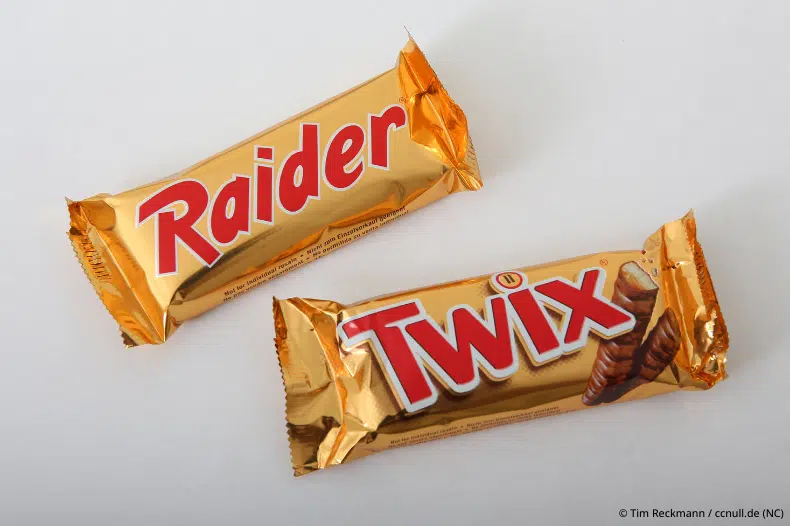
Bildquelle: Tim Reckmann / ccnull.de (NC)
You see an advertisement for a new snack that has a feeling of nostalgia through retro packaging. Before you buy it, consciously consider whether the connection to past memories will influence your decision or whether it is truly a healthy snack that you can enjoy.
3.3 Critical examination of social trends
Protein bars are a trend right now that can be seen in many influencer posts. However, you critically check whether the hype surrounding protein bars fits your nutritional style and consciously decide not to follow trends without checking.
3.4 Brand awareness and trust

You’ve noticed that a certain organic brand stands for high-quality, healthy food. You consciously choose products from this brand because you have confidence in the quality and ethical standards of this brand.
3.5 Be aware of advertising
You see an ad for a new energy drink with the promise of extra energy and better performance. When viewed critically, you realize that these claims are not supported by scientific facts. You consciously decide not to be influenced by this advertising claim and choose alternative, healthier drinks.
3.6 Price consciousness in the context of health
You compare the prices of fresh vegetables with processed foods. Although vegetables can be a little more expensive, you recognize the value for your health and consciously choose high-quality, fresh products.
By integrating these approaches into your purchasing process, you can create a solid foundation for healthy purchasing decisions.
4. Recognize advertising tricks: healthy choices in the supermarket
We are constantly surrounded by sophisticated advertising strategies designed to entice us to buy certain products. So that you don’t let these tactics fool you, we’ll use concrete examples to show you how you can recognize and circumvent the most common advertising strategies in order to make more conscious and healthy purchasing decisions.
4.1 Product Placement
Example: A lot of Coca-Cola is shown in the TV series “Stranger Things”.
Handling: Be aware that the placement of certain products in series or films may be intended to evoke emotions or nostalgia. Consider whether your purchasing decision is based on these associations or based on the actual quality of the product.
4.2 Health terms and symbols
Example: Granola bars that highlight the protein content.
Handling: Look beyond the health claims on the packaging. Check the nutritional information to ensure that the advertised benefits are not “nullified” by unhealthy ingredients.
4.3 Colorful packaging

Example: Breakfast cereal like “Froot Loops” with bright colors.
Handling: Don’t be guided by the packaging alone. Check the nutritional information and decide based on the ingredients, not just the external appearance.
4.4 Marketing with Influencers

Example: Fitness influencers promote specific protein bars.
Handling: Question whether the recommendation is authentic or influenced by financial incentives. Seek independent opinions and make decisions based on information.
4.5 Limited Editions and Special Offers
Example: “Limited Edition” flavors of snacks.
Handling: Don’t be influenced by the limited availability. Consider whether the advertised product really meets your needs and is not just bought because of supposed hype.
4.6 Cross-Promotion with popular characters
Example: McDonald’s cooperates with film characters such as Minions.
Handling: Evaluate whether the positive perception of the figure represents real added value for the advertised product. Don’t just be guided by the association with the figure, but check the quality of the product.
4.7 Emotional Connection with Storytelling
Example: Lindt chocolate advertising with family stories.
Handling: Be aware that emotional stories can mask the actual (nutritional) value of a product. Make decisions based on the facts and not just be guided by emotional narratives.
4.8 Social-Media-Challenges and Contests
Example: The “Hot Chip Challenge” for spicy snacks.
Handling: Question whether your attention is captured by the actual quality of the product or by viral challenges. Decide based on your own needs and not just the hype on social media.
By keeping an eye on these specific examples and questioning them critically, you can specifically counteract the influences of advertising strategies and make informed decisions for a healthy diet.
The best basis for an informed decision is the nutritional labels.
5. Deciphering nutritional labels: A guide using Cereal as an example

There are many options when purchasing cereal, and nutrition labels can help you make the healthiest choice.
5.1 Nutritional table: Compare in detail
What to pay attention to?
- Start by looking at the nutritional table per 100g.
- Pay particular attention to the values for fat, saturated fat, carbohydrates, sugar, protein and salt.
What does the information mean?
- Fat: Make sure to use moderate amounts, ideally less than 20g per 100g.
- Saturated Fat: Small amounts are ideal, preferring options with less than 5g per 100g.
- Carbohydrates: Main source of energy, choose options with around 60g per 100g.
- Sugar: Low sugar is important, aim for less than 10g per 100g.
- Protein: Moderate amounts are sufficient, look for around 10g per 100g.
- Salt: Limit intake to less than 1.5g per 100g.
5.2 GDA labeling: Daily needs at a glance
What to pay attention to?
- Note the percentage of your daily needs that the cereal covers.
- Use the GDA to see how much energy and nutrients the cereal provides in the context of your daily needs.
What does the information mean?
- Pay particular attention to high percentages of sugar, fat and salt.
5.3 Nutri-Score: Colored orientation
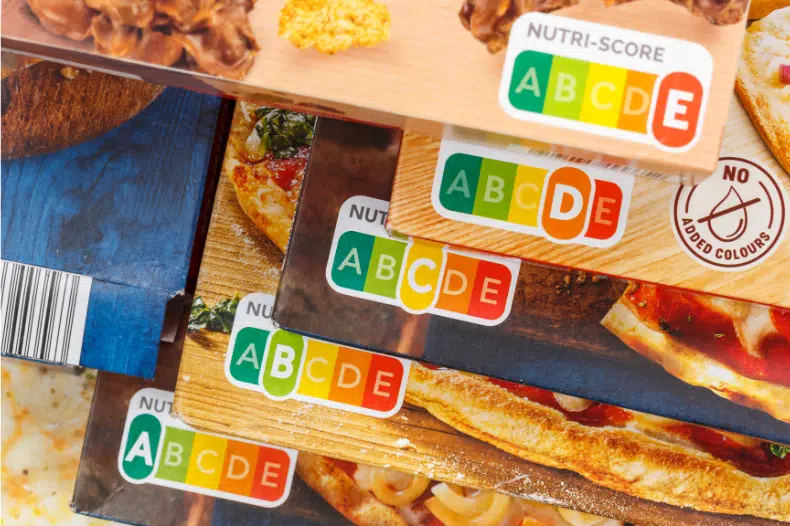
What to pay attention to?
- Look on the front of the packaging for the “Traffic Light”.
What does the information mean?
- Green indicates a lower amount in a particular nutrient, and red indicates a high amount.
- Try to look for foods that mainly have green or amber colors.
5.4 Nutritional and health claims: Additional information
What to pay attention to?
- Look for nutritional and health information on the packaging.
- Look for statements like “rich in fiber” for better satiety and digestion.
What does the information mean?
- This information provides additional insight into the health benefits of the cereal.
This step-by-step approach allows you to consciously decide which cereal best suits your nutritional preferences and goals.
Your foundation for healthy and sustainable weight loss
In this lesson you learned:
- How you can put healthy cooking and shopping habits into practice.
- How food preparation methods influence its nutritional value.
- How you can make more conscious purchasing decisions by reflecting on your consumer behavior
- How to expose advertising tricks in the supermarket,
- How to decipher nutrition labels. Conscious use of nutritional tables, GDA labels, Nutri-Score and additional information makes it easier to choose healthy options.
The Essentials (brief)
Healthy preparation methods
- The choice of preparation method affects not only the taste but also the nutritional value of food.
- Inexpensive methods such as steaming, oven baking and grilling preserve the nutritional properties of food.
- Unfavorable methods such as deep-frying and long cooking can lead to a loss of nutrients.
Conscious shopping and consumer behavior
- Personal preferences and needs should be taken into account when shopping.
- Emotional intelligence when shopping helps make decisions based on real needs instead of impulses.
- Critical examination of social trends, brand awareness and trust are important for conscious consumer behavior.
5 simple things you can implement
- Read the packaging and nutritional information before you buy anything.
- Identify your personal preferences, needs and possible influences, such as emotional connections to certain products.
- Prefer products where your purchasing decision is based on your actual needs.
- Avoid spontaneous purchases due to limited editions or special offers.
- Cook at home more often to have control over ingredients and cooking methods. This not only promotes a healthier diet, but also saves money.
Your Homework
Research three foods that you buy regularly. Look at how they are advertised and whether there are healthier alternatives.
Congratulations! You have completed all the lessons and are now a real nutrition professional!
We are proud of you. You are well equipped to achieve your weight loss goals successfully and sustainably. Of course, we will continue to be at your side and support you with the practical implementation.


